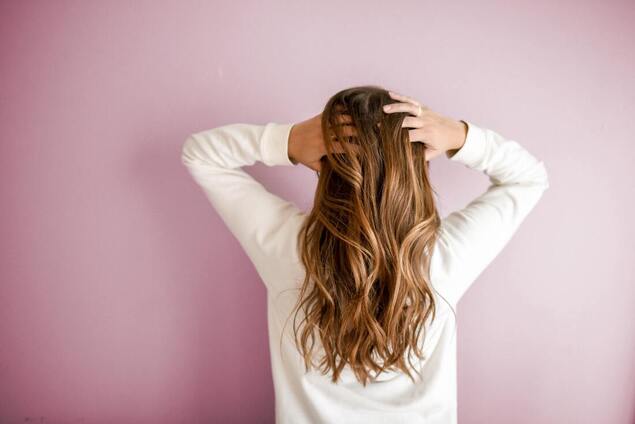NATHAN IS CURRENTLY NOT TAKING NEW PATIENTS
Shape Divider - Style tilt_opacity
Therapist For Trichotillomania In McKinney Texas
What Is Trichotillomania (Hair Pulling)?
What Are The Symptoms Of Trichotillomania?
Research shows that about 2 in 50 people experience hair pulling disorder or Trichotillomania. Most of the time it begins in late childhood. It appears to happen equally between men and woman. However in adulthood 80-90% of reported cases are women.
Trichotillomania is a chronic condition. Meaning, it may come and go throughout someone's lifetime. A spot that someone may start with the pull may not be the same spot they pull a few months from now. Areas of pulling tend to change. Some common pulling sites are:
Trichotillomania is a chronic condition. Meaning, it may come and go throughout someone's lifetime. A spot that someone may start with the pull may not be the same spot they pull a few months from now. Areas of pulling tend to change. Some common pulling sites are:
- Top of head
- Eye brows
- Eye lashes
- Pubic Area
- Arms or Legs
Trichotillomania or hair pulling disorder is classified as an "Obsessive Compulsive Related Disorder". The criteria in the DSM-5 Diagnostic Manual are as follows:
- Recurrent hair pulling, resulting in hair loss
- Repeated attempts to decrease or stop the behavior
- Clinically significant distress or impairment in social, occupational, or other area of functioning
- Not due to substance abuse or a medical condition (e.g., dermatological condition)
- Not better accounted for by another psychiatric disorder
Why Do I Even Have Trichotillomania?
Research has indicated that some may have inherited a predisposition to pulling or have whats called a body focused repetitive behavior (BFRB). Usually, we can find a few individuals down the family line who either pull hair, pick skin, bite nails, or some other BFRB.
Other factors are involved such as temperament, environment, age of onset and family stressors in the individual's life that may bring Trichotillomania to life.
Other factors are involved such as temperament, environment, age of onset and family stressors in the individual's life that may bring Trichotillomania to life.
Is There Treatment? Can I Really Stop Pulling?
Yes! The treatment for Trichotillomania is called The Comprehensive Behavioral Treatment Model or ComB. It incorporates habit reversal in a more comprehensive way. This researched based treatment has helped thousands of individuals stop pulling their hair or manage it to a point where it does not interfere in their life. It starts with awareness of the pulling. Then it moves to creating competing responses or strategies. Using this treatment changes brain patterns, allowing the individual to learn a better method of coping with hair pulling. Often anxiety and depression is felt. This is incorporated into the treatment.
I am a counselor for Trichotillomania in McKinney. I have been practicing for many years. Body Focused Repetitive Behaviors are my specialty. It's not a guessing game of what will work for you in treatment. It's an equation. You just need to know the correct one. Managing Trichotillomania is very doable. Lets do it together.
Therapist For Trichotillomania In Frisco Texas
Therapist For Trichotillomania In Allen Texas
Shape Divider - Style tilt_opacity

